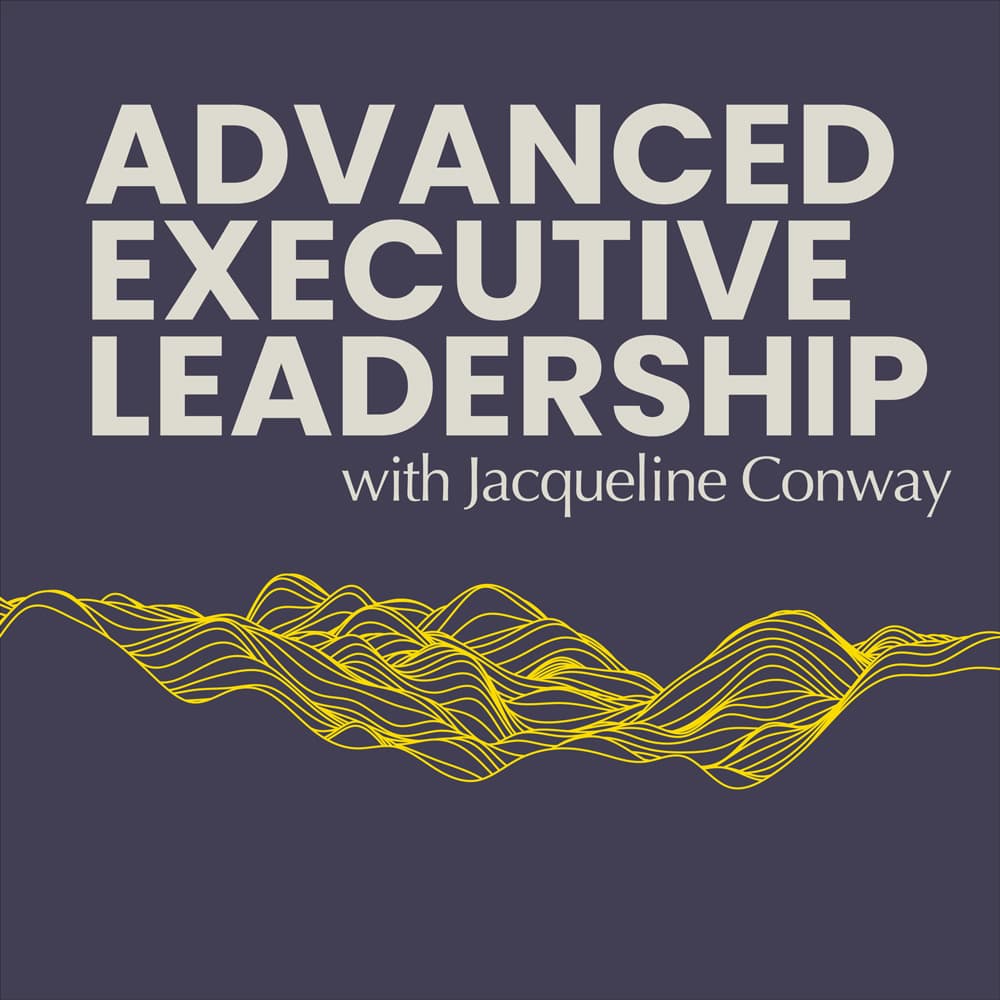Trust is a fairly ubiquitous issue – one that we tend to circle back to time and again. And for good reason.
In today’s podcast, I’m going to explore the issue of trust within an executive team.
It’s widely accepted that in a successful executive team, the members must feel comfortable being vulnerable enough to admit mistakes, ask for help, share tasks and work together effectively. And when this trust is absent, it leads to negative team politics, protectionism, and friction
These issues not only make the work environment unpleasant — they can also prevent productive work from getting done. And if you’ve ever been in a team with low levels of trust – and who hasn’t – then you know it’s a pretty miserable place to be.
We used to build trust by sending people on outward bound courses. Some still do.
I started my career in Motorola straight from university and joined a project team building a multimillion-pound wafer fabrication facility. It was a team of engineers, and I was the only woman and a non-engineer. I was there to do the people side of change and stakeholder engagement with our global funders.
We went on one of those outward-bound events where we were required to build a raft together. I guess the idea that was building a raft was synonymous with building trust. We were sent it the changing rooms on the first day to put on our wetsuits. Because I was the only woman in the team, I was in the ladies locker room on my own. Now, I’d never worn a wet suit before and managed to put it on both inside out and back to front. I haven’t ever won a wetsuit since.
I don’t remember that being either very inclusive or very trust building.
Creating Team Trust
If you have a team with low levels of trust, and if you accept that you don’t develop trust by creating artificial trust building exercises, then the question is: where do you start?
A CEO I worked with, we’ll call him John, began our first conversation by telling me “There’s low trust in the executive team; the dynamics are pretty poor right now. How can you help us build trust, Jacqueline”?
Trust – or lack of it – is a symptom on how the team are functioning. The best way to tackle thorny issues like trust is indirectly at some of the root causes of lack of trust, not in jumping right in to tackle trust issues head on.
John’s team was made up of nine highly competent functional experts. They were loyal to the company and to John. They wanted to perform well as a team and as a company. But despite this, it was a team that could be characterised more by competition than by collaboration. Budget time was a bun fight for scarce resources; each department pitting itself against the other so it could move forward with its pet projects. When tensions arose, there were spikey rebukes and disagreements.
Lack of trust also showed up in the subtle and not-to-subtle ways the team members undermined each other, where gaining one-up was seen as a win rather than a symptom of a deep dysfunction.
And you could see it in the team’s toxic habit of the meetings after the meeting. Immediately after every executive team meeting there was a series of informal ‘real’ meetings where executive team members shared what they really thought about issues, dissected what had gone on, and then made their real commitments and plans. It was clear there wasn’t enough trust within the team as whole to say what you were really thinking.
Our approach
We tend to do work that is systemic in nature with senior teams. We’re not ‘dial-a-facilitator’, but rather partner with teams over a longer period to do deeper transformational work.
And we believe that team effectiveness is cultivated in a number of domains each of which creates the conditions for effectiveness in senior teams. I’ve spent many years researching, developing and refining our scientifically validated approach, called the Integrative Framework of Team Effectiveness.
There are three domains in which we find the conditions for high performance in leadership teams: what we call the structural domain, the relational domain and the practical domain.
Trust belongs to the Relational Domain. Alongside, Values, Norms and Affiliation. And let me stress, I really believe these to be essential to any teams’ ongoing effectiveness.
John’s team
If we accept that a lack of trust is an outcome of other things that are – or are not – going on in the team, then the question is, where to start? Where are some of the root causes of lack of trust to be found?
Depending on the unique circumstances in the team, we often start in the structural domain – because that’s focused on what the team are there to accomplish and how the work is done to achieve this. It involves team design and its operating cadence. It’s made up of the components of Purpose, Task, Composition and Rhythm.
We’ve found that oftentimes very little attention given to these issues when a team is set up.
When a team don’t know why they exist as a collective leadership unit, it’s very easy for team members to retrench to their functional areas and act more in competition with each other than in cooperation.
When these structural issues are tackled head on, in our experience many of the poor relational dynamics that we see in teams falls away – or is at least dramatically reduced.
The added benefit is that this provides a focus for the team to do collective work on their functioning in a way that’s easier and safer than launching straight into the psychologically unsettling work of poor relational dynamics.
By the time the structural work has been attended to there are a couple of things have usually happened.
The first is that the team have dealt with many of the underlying reasons for executive team poor performance, so there’s a straightforward gain. The team get the positive sense that they’ve made progress and this in turn helps create the conditions for deeper, more challenging work.
The second is that during this process, the team have also become more adept at talking about their team functioning and have gotten used to thinking of themselves as a collective unit of leadership performance.
This provides the focus and motivation for grappling with thorny issues of group dynamics.
Many ways team coaches or team effectiveness specialists tackle trust is head on. And, as I’ve explained, this can lead to a lot of silliness, like expecting people with zero interest in raft building finding themselves in an inside-out and back-to-front wetsuit.
Don’t get me wrong, a team that has fun together typically does work better together. The chance to know each other as people – and to create experiences where this can be increased is all for the good. Over the last few weeks as I’ve recorded podcast episodes with a range of executive leaders – and in my off-line conversations with them, they’ve reinforced again and again that an executive team who spend time together socially almost always have a better team dynamic and make themselves psychologically more resilient.
But by beginning with the structural components of the team to develop trust, you create the conditions for the team to being to explore the relational dynamics. It’s a straightforward case of starting where there’s low hanging fruit and relatively quick wins.
During my time on my first team in Motorola, we did create a high trust team environment. But it didn’t come from building a raft. It came from building a wafer fabrication facility. It was cultivated, bit-by-steady-bit as we came to rely on each other to get things done and to look out for each other and for the sake of the project’s success.
And it came from being a well-designed team to start with. We knew why we existed, and we were deeply aware of the interdependencies of us achieving our collective goal.
And that team, some 25 years later, is still with me.


